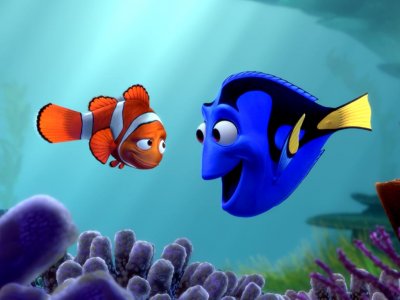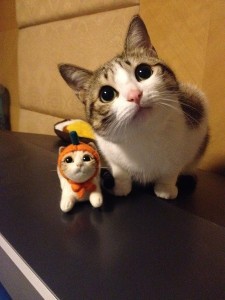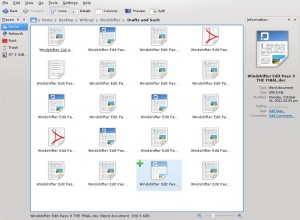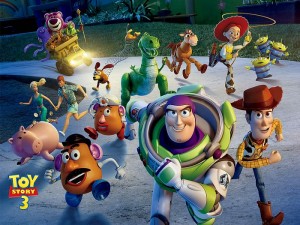Hi everyone! Pike here. I’ve decided to try something; specifically, I would like to write a series about my own adventures in writing, editing, and self-publishing. I know a lot of people out there are interested in this process and I thought some of my own thoughts on it might be helpful and/or interesting to people. So here we go!
So you want to write a book
Congratulations! You are about to embark on a journey that will probably take years (and I know what you’re thinking, which is that you can do it faster. Well– we’ll see when you get there ;3 ), and which will teach you much about yourself. Of course, before you start, you need…
An idea
Ideas can come from anywhere and strike at pretty much any time. I’ve had ideas that have turned into full-fledged books while driving, while in the shower, while at work, and even while dreaming. An idea can be very simple. My idea for Windshifter, for example, was “I want to take a bunch of old characters I invented when I was a kid and have fun with a steampunk-inspired fantasy world.”
Good ideas can’t be rushed. You let them come to you.
Now, you can’t write a book on an idea alone. You also need a plot, some concepts, and an emotional hook.
Plot
Plot is pretty easy. It’s what your English (or whatever language you speak) teacher taught you back in the day. It’s a few lines describing what happens in your book. What the action is, what the conflict is, and how the characters resolve it.
Concepts
Concepts are ideas and themes that you want to explore in your book. My Idea for Windshifter was to write a fun steampunky book with airships and clockwork. My Concepts included things like touching on the ideals of open source/free software, and talking about the nature of technology and science and our place in a world where both are more important than ever. Often one of those Concepts will sift away from the others, like gold from sand, and shine and glint more brightly than the others. And suddenly you will realize with a jolt that that particular Concept is your…
Emotional Hook
Every good story needs an emotional hook. You could have interesting characters, a great plot, and some neat concepts, but if your readers aren’t emotionally invested in your story, then they won’t care. Ideally your emotional hook is something that most (if not all) of your readers will be able to relate to– the characters can relate to it in a specific way, but everyone can feel those feelings.
With “Windshifter”, the emotional hook is loss. Several of the characters have lost something and are dealing with it in different ways. Heck, the dragon race as a whole lost something and is dealing with it in different ways.
I don’t know how it is with other writers, but for me, Emotional Hooks are often the very last thing to come to me when I’m planning a story, and it usually hits me like a lightning bolt triggered by personal experience. I wrote a book a couple years back called “Cricket Song” which I am currently in the process of editing. “Cricket Song” was born from the Idea “I want to explore a story about a girl and her imaginary friend.” This Idea was kicked around in my head for a good few months while I hemmed and hawwed over how to best go about publishing “Windshifter”, and I was really starting to feel rather overwhelmed with this, and it was in the midst of it all that the Emotional Hook of “Cricket Song” came clear: “What it means to do what you’re good at when everyone else is good at it too.” And suddenly, just like that, I had a story.
A quick note on characters: You’ll notice I don’t have a specific spot on the list for characters. Personally I think that characters are “born” from things like plot and concepts and emotional hooks. Or maybe you’ve just had a character in your head for a while. Who knows! But I tend to come up with them at the same time as I’m coming up with the other story elements.
How it all gels together
When I was in film school, one of the professors’ favorite examples for, well… pretty much anything was Finding Nemo, because it’s such a solid film and because Pixar is a storytelling genius.

With the disclaimer that I don’t know exactly how Pixar cooked up this film intact, let me tell you how it would have gone if I’d made it:
Idea: I want to make a story about fish and sea creatures lost in a big ocean.
Plot: A young fish is captured by a diver and put into an aquarium, and his father rushes off to find him. Along the way they meet a lot of interesting characters and learn a lot about themselves and each other.
Concepts: Disabilities, anxiety, family, friendship
Emotional Hook: What it means to “let go” of your comfort zone.
I said earlier that Pixar is a storytelling genius and I meant it. If you watch Finding Nemo you will see just how expertly they weave that Emotional Hook into the fabric of the story, which beautifully peaks as Dory tells Marlin “it’s time to let go!” when they’re stuck inside the whale that swallowed them. It’s subtle, but not too subtle. It’s comforting. It’s emotional and raw. And people love it.
And now!
A final word on all of this stuff: Don’t rush it. Let it come to you. You can have a good Idea without an Emotional Hook (or vice versa). You can have Concepts or Plots without a home. Let them all float around in your head, mess with them a little, play with them, put them together and take them apart like legos, and see what you can make. Once you find something you think you can make into a book, it’s time to jump into the next step… which we’ll talk about next time!




